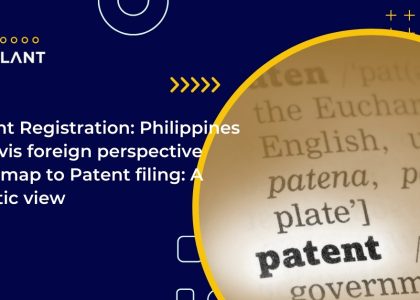

Filing a Patent Without an Attorney
Many inventors engage a patent attorney to guide them through the process, but this is not always required or beneficial. Attorney expenses are typically highly expensive, often exceeding the application fees. Some people and small businesses would rather avoid incurring these additional expenses. If you are seeking a patent on your own and do not have access to an attorney, a patent examiner from the United States Patent and Trademark Office will be necessary to help you with your application.
For an inventor, the two major aims of a patent application should be simple. They must meticulously describe each component of their innovation and demonstrate that it qualifies for a patent under federal law. This involves a basic understanding of the relevant laws and regulations, but you can conduct this study without hiring an attorney. If your innovation qualifies for protection, you should be able to obtain a patent if you carefully follow the guidelines put out by the USPTO.
Preparing to File
Taking notes on the numerous modifications and improvements you made during the development of your invention is a good idea. You should also keep track of your motivation for the idea and any prototype testing you complete. You should sign and date each entry in this record after you’ve finished it, as well as have two witnesses sign it. This will give you a detailed explanation of every aspect of your invention.
You should conduct research into patent law to learn about the prerequisites for protection. One of the most significant requirements is to demonstrate that your invention is new, as opposed to “prior art,” or existing inventions that are similar to yours. To ensure that your innovation satisfies this criterion, conduct a patent search of all existing patents and publications in your field around the world. A simple internet search, as well as a visit to a Patent and Trademark Depository Library, may be required. (At some point, you might want to employ a specialist to make sure you’re not missing anything.) The distinctions between your invention and any “prior art” that is comparable to it must be explained in your application.
Even if you believe your innovation qualifies for patent protection, you should assess if seeking a patent would be a lucrative investment before paying the high filing fees. Before filing the application, you may need to refine your idea to make it more profitable.
Filing the Application
Regular patent applications and provisional patent applications are the two main forms of patent applications. A conventional patent application will start the USPTO’s inspection procedure, which an invention must pass before it can be protected. These applications can be filed for a significantly lower charge, but they must still contain a detailed description of the invention as well as a drawing. The provisional patent application filing date will apply to a regular patent application filed within a year of the provisional patent application filing date.










